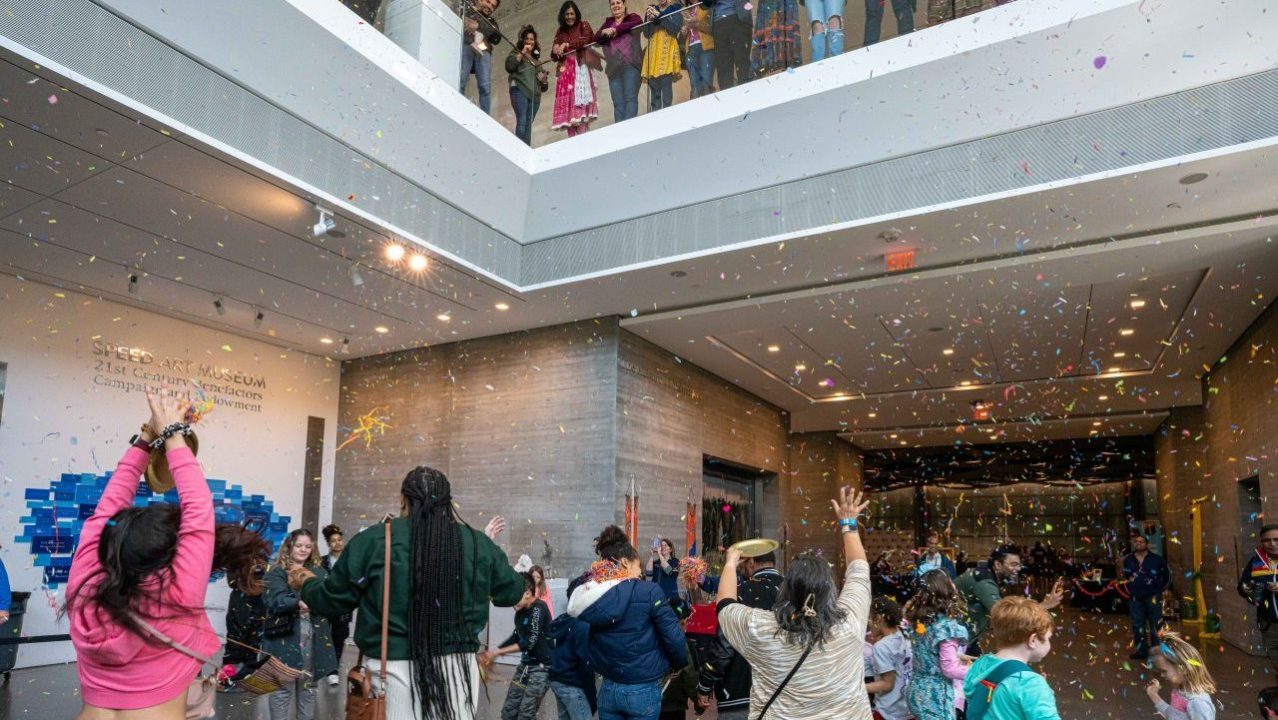
In the aftermath of the pandemic and amidst ongoing calls for museums to become more inclusive and attuned to community needs, many institutions are still seeking ways to recover from faltering attendance and expand the reach of their programs. This can be a daunting task, but it’s one that we at the Speed Art Museum in Louisville, Kentucky, have committed to tackling head-on. In fact, it literally appears in our mission statement: to “invite everyone to celebrate art forever.” But what does, or should, this invitation look like in practice?
At the Speed, where the pandemic period has coincided with the museum’s first comprehensive strategic planning process in several years, this question has remained at the forefront of our minds. We view it as an institutional imperative as well as a valuable creative exercise, challenging ourselves to create new ways to make the museum an inviting and welcoming space of community belonging; to continually expand the communities to whom we are extending the invitation; and to rethink how we are inviting visitors to engage with the museum, our collections, space, and programs. While it takes time to rebuild relationships and attendance figures, our revamped approach has so far yielded promising results: the Speed has seen steady increases since fully reopening in fall 2022, and we are on track to reach nearly pre-pandemic attendance in 2024, alongside a slew of new programs and initiatives that will draw in and more deeply engage future visitors. To break down the challenge of successfully creating a more welcoming museum, we consider access across four key dimensions: cultural, social, financial, and physical.
Cultivating a Culturally Welcoming Museum
Expanding our invitation to the public starts with questioning what we mean by “celebrate art” in the first place. Particularly for encyclopedic art museums such as the Speed—the oldest and largest art museum in Kentucky—there has long been an assumption that the purpose of a museum visit is to impart curatorial and academic knowledge and instill appreciation of a dominant (largely white and Western) art historical canon. This perceived model runs counter to our values of creating inclusive spaces where visitors feel their history, background, and cultural identity are represented and respected rather than suppressed in the name of a grand canonical narrative. How can we embody and communicate that value to visitors?
With the goal of creating this more culturally responsive and inviting museum experience, the Speed is undertaking a comprehensive reinstallation of our permanent collection galleries, an ongoing process that we began in the spring of 2022. Whereas the previous installations centered on primarily geographic and chronological categories, we have shifted our curatorial lens to consider the collection through new thematic groupings, placing works in new contexts to inspire fresh interpretations—recontextualizing items that have long been on display, as well as bringing 30 percent more art out of storage and ensuring that we showcase a diverse range of artistic and cultural perspectives.
One key change we have made is moving the contemporary collection from a “white cube” space deep in the building to the main entrance of the museum’s original Beaux Arts wing, which previously housed early European art. By juxtaposing this ornate, historic interior with works by a global array of artists that directly address contemporary issues, our goal is to greet visitors with an immediate, accessible entry point into the collection, flipping the script on expectations of the museum experience and sending the message that this is not a sepulcher of tradition. And those early European works have not simply been moved to a different gallery, but contextualized with new wall text and interspersed with contemporary artists whose work explores how our present is shaped by the social, political, and cultural transformations of the past.
The major project of reinstallation has reinforced for us that an invitation cannot begin and end with an individual visit, but must include opportunities for communities to directly contribute to a dialogue—with tangible impact, recognition, and responsiveness on the part of the museum—to truly cultivate a space of cultural belonging, trust, and respect. For example, in the recent process of reinstalling our Native American galleries (led by curator Dr. fari nzinga), we recognized the importance of welcoming Native community members into the process itself—both in research and consultation around the histories of “objects” (another Western categorization) in the collection, as well as to shape the ongoing conversation on what it means to display these relational spirit holders of cultural mythologies, memories, and wisdom in a museum and tell a more robust story of Native art and culture. Our attempt here is to also introduce a world perspective and life philosophy to learn from and be inspired by. The reinstalled galleries, which opened April 4, have been curated with input from Native artists, curators, and culture-bearers, recontextualizing existing collections alongside new acquisitions and loans, accompanied by expanded programming that actively engages with local Native communities.
Furthermore, and critically important to fostering a sense of belonging for marginalized communities, we are complementing our collections with critical “truth and acknowledgement” research and interpretation that sheds light on the dark side of Western civilization, progress, and domination. In our Kentucky Gallery, the recent exhibition The Bitter and the Sweet: Kentucky Sugar Chests, Enslavement, and the Transatlantic World 1790-1865 re-examines the Kentucky sugar chest—an antique object often shrouded in nostalgia and appreciation for craftsmanship—within the broader, intertwined contexts of the Trans-Atlantic trade economy of the time, with its vicious human toll of enslavement, and complex transportation and merchant systems that brought sugar to Kentucky. We estimate that approximately seventy thousand people will view this exhibition and gain a deeper understanding of the role of slavery in the growth of our Commonwealth’s economy, as well as the Speed’s readiness to engage with this history fully and frankly, reinforcing that the museum is a space of recognition, trust, and transparency. Building on this exhibition, as part of our museum-wide reinstallation process, we have also assembled an advisory committee to support us in the reimagining of the Kentucky Gallery at large to ensure it includes diverse artistic approaches and nuanced, multifaceted narratives.
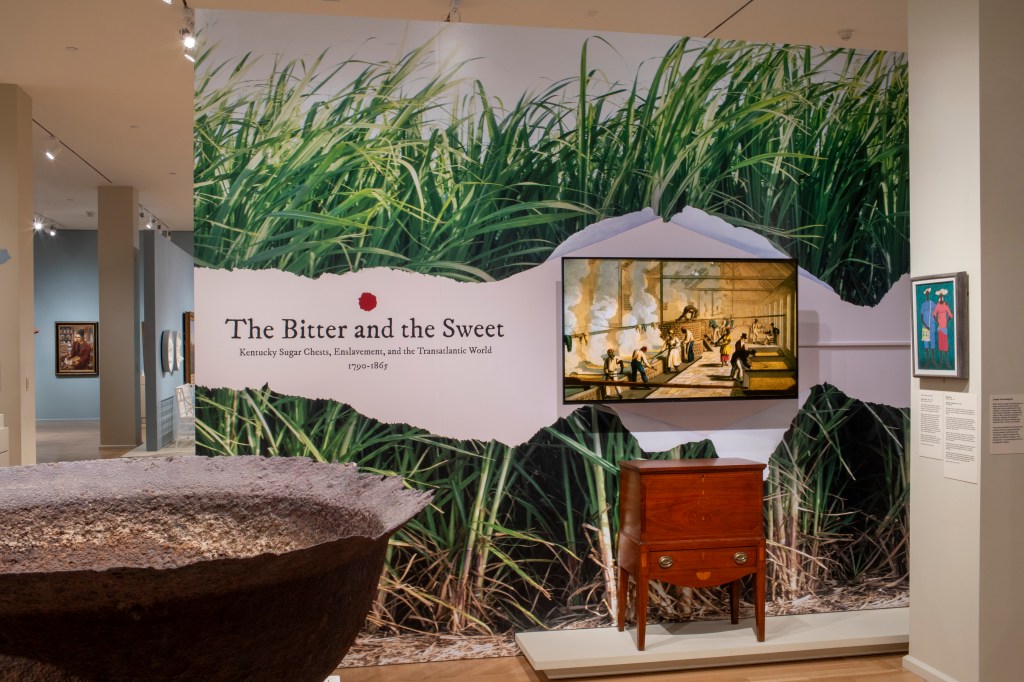
Complementing this shift in curatorial practice, our Learning, Engagement, and Belonging team has leaned into an interpretive framework of “mirror/window/door” that is shaping our approach to visitor materials, exhibition text, and overarching experiential goals: art can act as a mirror, where we see ourselves reflected; a window into a new world, opening our minds to new perspectives; and a door, helping us transform as human beings. On a practical level, this has included providing resources for contemplative practice, such as guided journaling exercises and open-ended prompts throughout the galleries. In doing so, we aim to invite visitors in with a varied array of interpretations and points of engagement to discover what resonates or sparks their interest, prioritizing their own experience, personal inquiry, and growth as much as the knowledge shared traditionally in the museum context. As we lean into these new approaches, we have seen our Learning, Engagement, and Belonging programs flourish: School programs are fully booked for the first time since the pandemic, and free family days have seen a 25 percent increase in attendance in the past year.
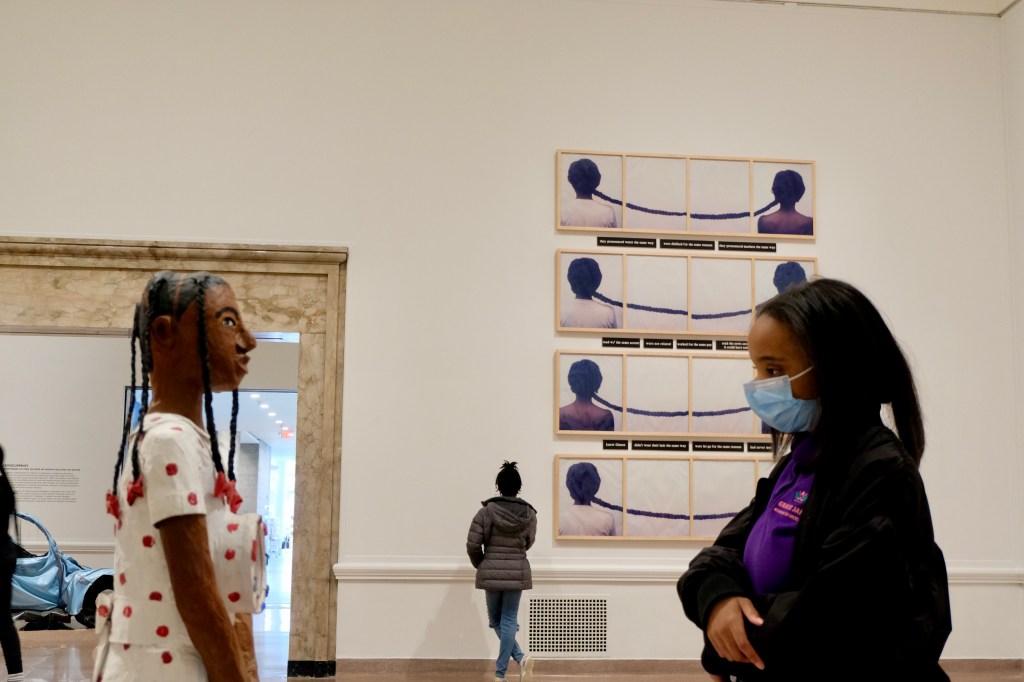
Building Inviting Spaces for Social Exchange
Engagement and contemplation need not be solitary or self-contained; gaining a deeper understanding of oneself and the world through encounters with art can be enriched by dialogue with family, friends, or strangers passing through the same exhibition or program. But while chatting has always been allowed in the Speed’s galleries, many museumgoers still feel uncomfortable conversing above a whisper in what can feel like a stark, exposed, and formal setting. To truly create an inviting, social museum experience, we wanted to extend the message that visitors can bring their full selves to the museum into every aspect of their engagement with the space. We now have docent-led chat spots in the galleries that provide opportunities for casual, open-ended conversations.
To amplify this effort, we have begun the process of reimagining our gallery seating, supplementing scattered benches with new, comfortable seating arrangements and discussion areas throughout the building. Each features multiple lounge chairs and couches faced towards each other with coffee tables, carpets, and books to create a “living room” environment that actively invites connection, where visitors can feel equally at ease to sit in quiet contemplation, turn to a neighbor to exchange ideas and impressions, or engage in lively discussion. In addition to encouraging conversation, adding comfortable seating throughout the galleries creates a more accessible experience for people of all ages—including parents with small children, those using mobility aids, or anyone who struggles with standing or walking for long periods—sending the message that the museum actively considers and nurtures holistic wellbeing.
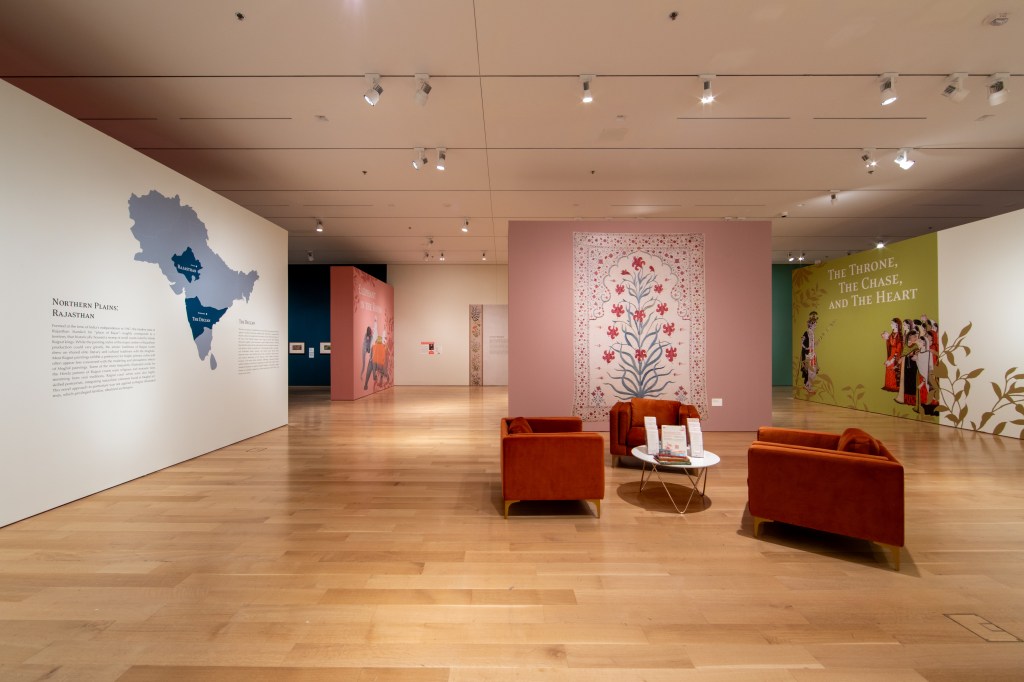
The seeds of this format were planted with a series of “Teal Table Talks”—candid, open-ended conversations between strangers—accompanying the Speed’s 2021 exhibition Promise, Witness, Remembrance, guest curated by Allison Glenn, that commemorated the life of Breonna Taylor and the reckonings both national and local to the Louisville community following her death. These conversations provided a powerful forum for recognition, processing, and healing in the face of loss. When the work at the center of the exhibition, Amy Sherald’s portrait of Taylor, returned to the Speed in 2023, we knew we wanted to create a similar forum for community dialogue and contemplation. With significant guidance from Taylor’s family, we created a special installation that included a seating area within the gallery so that we could clearly communicate the invitation to use the museum as a space for rest, reflection, and shared experience. Now, we hope to extend this same ethos to all our galleries and exhibitions.
In March, a comfortable seating area surrounded by a rotating selection of works from our collections will be the first gesture of welcome when guests enter the museum, and even before they check in at the welcome desk. As a mid-size museum in a city of hospitality, our museum must move forward by being less institutional and a lot more inviting.
Breaking Down Financial Barriers
Of course, the goal of cultivating an environment that is culturally and socially welcoming falls short if much of the public cannot afford to make it through the doors in the first place. We must be conscious of making the museum as financially accessible as possible. At the Speed, we have made inroads toward that goal through a generous donation from the Kentucky-based Brown-Forman Corporation and the Brown family—made in memory of Owsley Brown II, a staunch supporter of the arts in Louisville—which has allowed us to offer free admission every Sunday since 2016. Since their inception, Free Owsley Sundays have grown to attract more than 30 percent of weekly museum attendance.
We use these highly attended free Sundays as an opportunity to maximize the reach and impact of free public programs, including movement classes in our atrium, a biweekly showcase of local performing artists, and regularly occurring Community Days—an existing quarterly program that we increased to monthly in 2023—that bring local partner organizations across arts and culture, community services, and more into the museum for exhibition-related special events. A recent grant from the Art Bridges Foundation’s Access for All program also enabled us to offer free general admission for our monthly First Thursdays evening hours, during which we plan to expand our special programming and community belonging efforts. We’ve begun to see increases in visitorship as these events take off, as well as a wider range of cultures and ethnicities represented as we increase programming specifically attuned to diverse topics and identities.
Beyond specific public programs, strategically expanding free general admission when possible can feed our goals of inclusivity in more ways than one, enabling access for visitors from low- and moderate-income backgrounds while simultaneously expanding audiences for exhibitions intended to bring visibility to artists historically excluded from museums. In June 2023, the Speed launched a new solo exhibition series spotlighting leaders of Louisville’s influential yet underrecognized Black arts movement of the 1960s and ‘70s, Louisville’s Black Avant-Garde. A generous donation from Eleanor Bingham Miller enabled us to offer free general admission for the duration of the inaugural exhibition. This initiative, in tandem with the show’s subject matter—a retrospective of Professor Robert L. Douglas, an artist, scholar, and arts educator deeply rooted in the Louisville community—led to a notable increase in diversity of zip codes, income levels, and racial identities of museum visitors, based on a post-visit survey. Perhaps most strikingly, 46 percent more visitors enjoyed free attendance during Louisville’s Black Avant-Garde: Robert L. Douglas than paid for admission during the 2022 marquee exhibition Alphonse Mucha: Art Nouveau Visionary, which itself was already a highly popular exhibition—a testament to the power of combining financial access with diverse and community-oriented programming. Encouraged by the success of the series’ launch, we are exploring ways to further remove barriers to access for the next installment this summer, spotlighting local artist William M. Duffy.
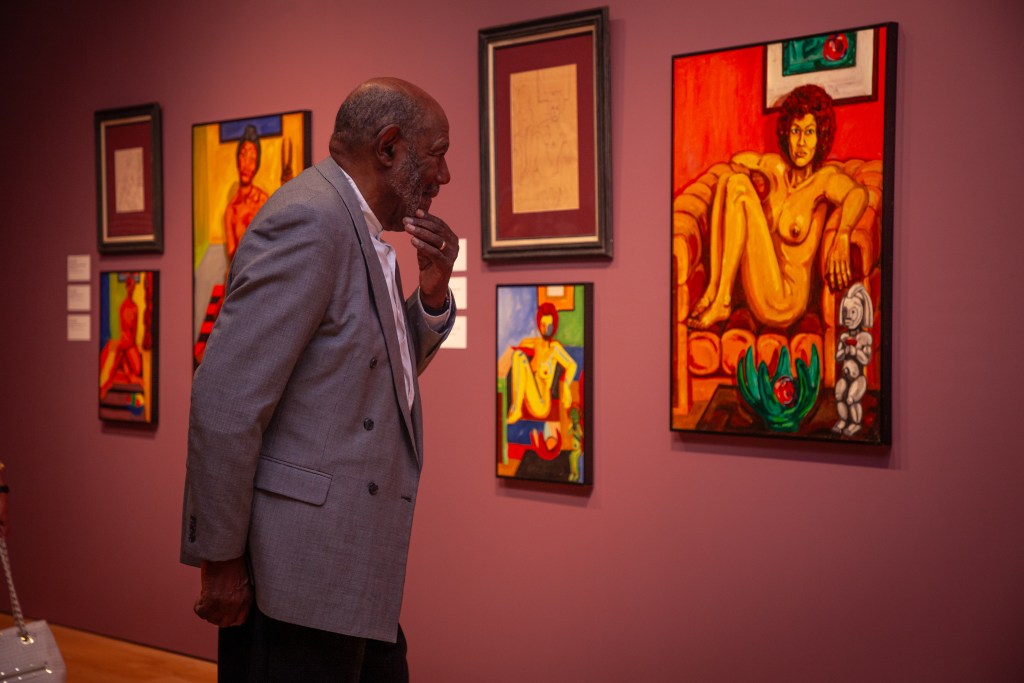
Finally, in order to make the museum more accessible every day of the week, we are proud to offer the Speed For All initiative, generously supported by Jim and Irene Karp, providing free family or individual memberships to anyone for whom cost is a barrier of access—without the red tape of means-testing that can be a deterrent to potential applicants. Crucially, Speed For All includes all the benefits of a standard membership, plus additional forms of support such as free parking passes, vouchers for free screenings at our Speed Cinema, and a café discount, aiming to proactively remove as many financial barriers as possible so that any and every member of our community can experience the museum fully.
Connecting Physical Openness to Holistic Wellbeing
Another key dimension in which the Speed aims to create a more welcoming museum is the breakdown of literal, physical barriers. Earlier this year, we announced our Speed Art Park, an initiative that by 2025 will transform the three acres of the museum grounds into a new outdoor sculpture garden and art environment, completely free and open to the public, 24/7/365. The ungated art park will take “open invitation” to another level, creating the ability for community members to view and engage with works from our collection at any hour, at no cost, beyond the physical walls that obscure the galleries from passersby.
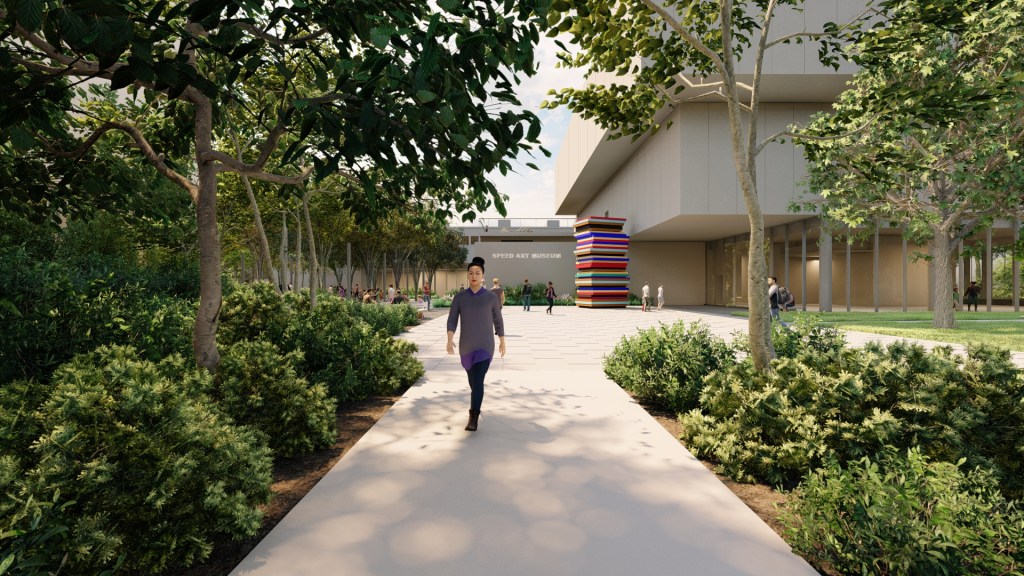
In tandem with expanding the scope of art space into which we can invite the community, the Speed Art Park serves another goal: looking outward to address a pressing community need, namely the critical lack of public green space on the west and south side of Louisville. Expected to serve as many as five hundred thousand visitors annually—more than five times the Speed’s prior visitorship—the park is intended as a welcoming destination for the whole community to connect with art, nature, and each other, creating art-filled spaces for contemplation and recreation alongside wellness-focused programs like yoga, meditation, and outdoor learning. We are currently outlining a partnership with the Christina Lee Brown Envirome Institute at the University of Louisville to scientifically measure the health benefits of both the park’s nature and its art on future visitors.
Returning to the Speed’s mission statement, I’d like to note the final and crucial word: inviting everyone to celebrate art forever. We take this word as a guiding reminder of the importance of contributing to a sustainable future, in terms of both environmental impact—the Speed Art Park will add native trees, pollinator-friendly vegetation, and opportunities for green education—and contributing to the holistic wellbeing of our community.
There is no one-size-fits-all solution, but by actively exploring varied dimensions of what it means for a museum to welcome its community—to turn a one-sided invitation, with the implication that access is the gatekeepers’ to grant or restrict, into an open and multidirectional process of co-creation and shared experience—we can remain responsive to the diverse and ever-shifting needs and perspectives of those we serve, evolving and adapting to foster a greater sense of belonging.
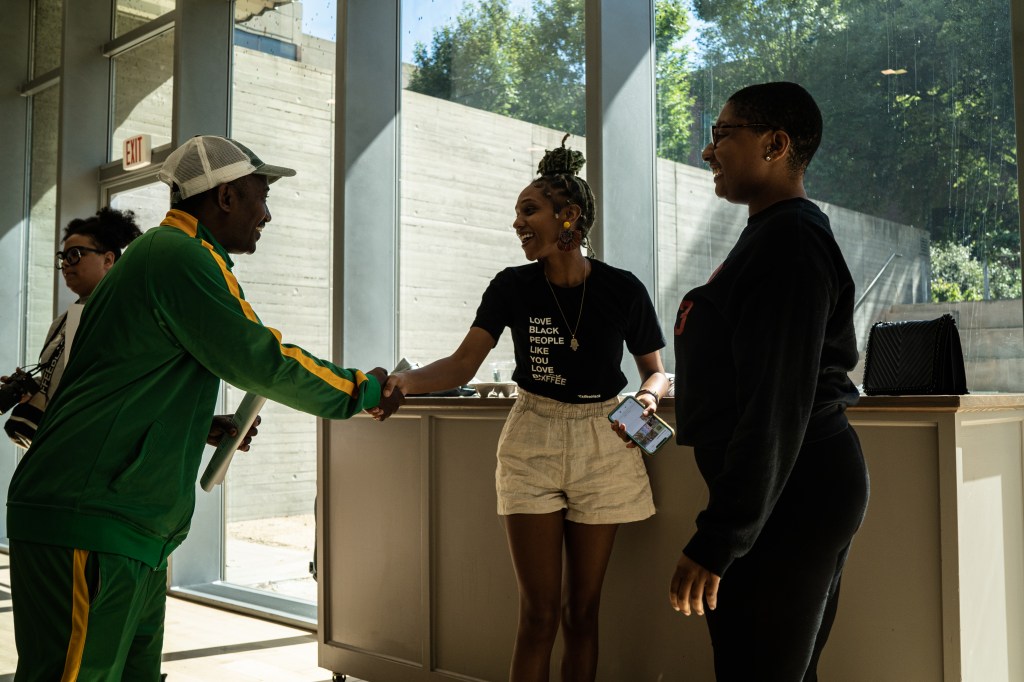
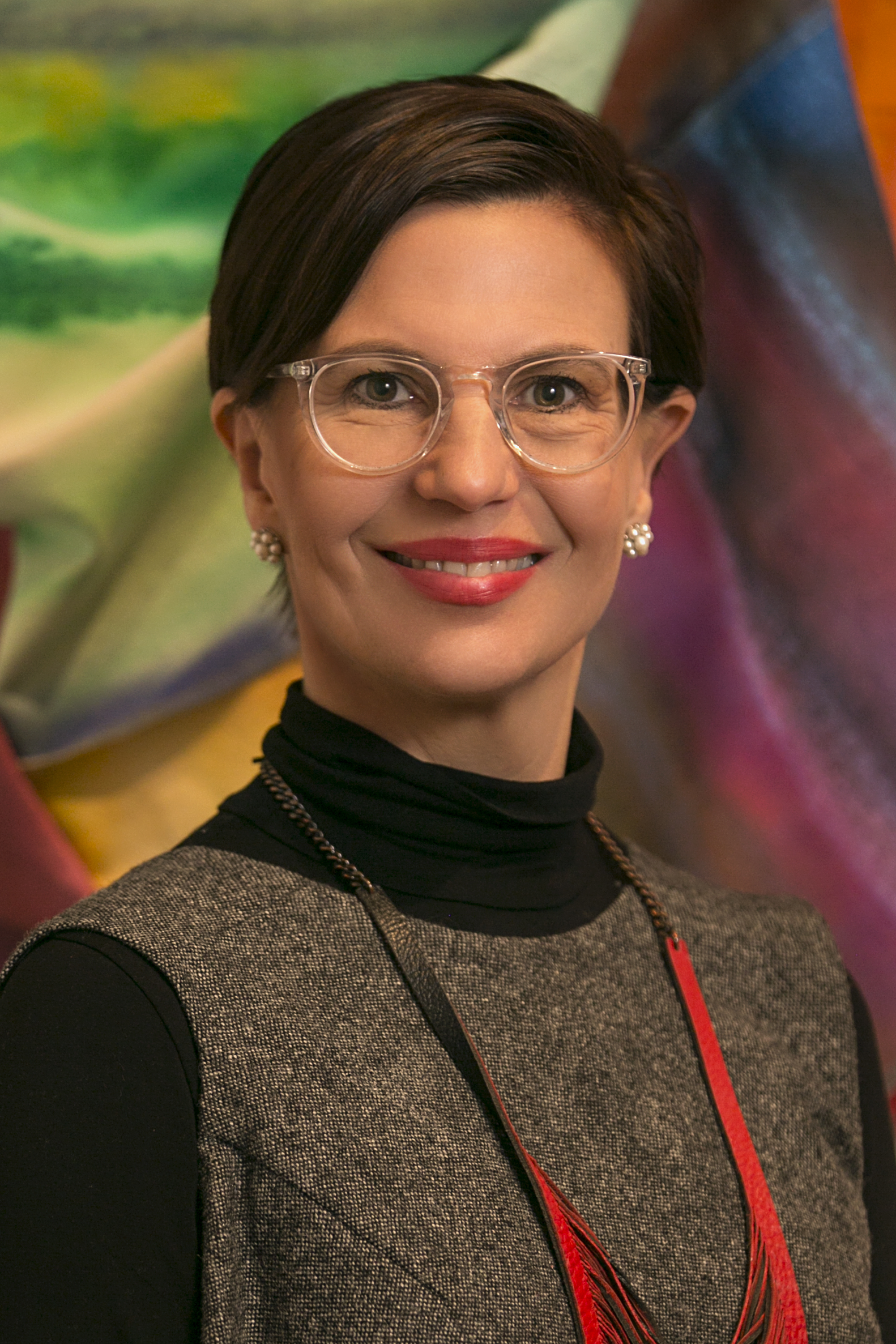

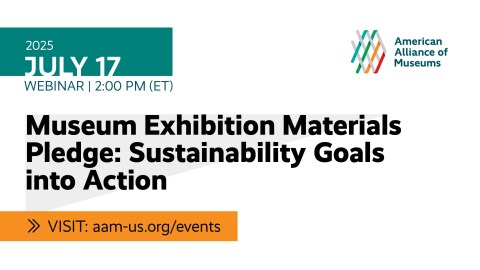

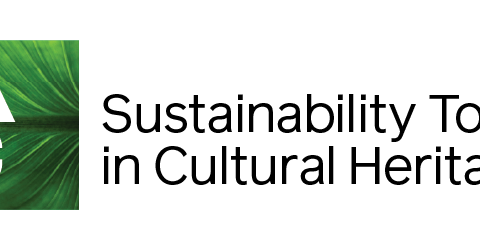

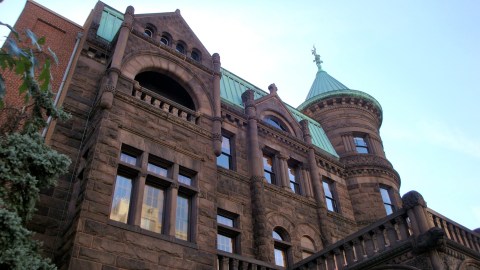

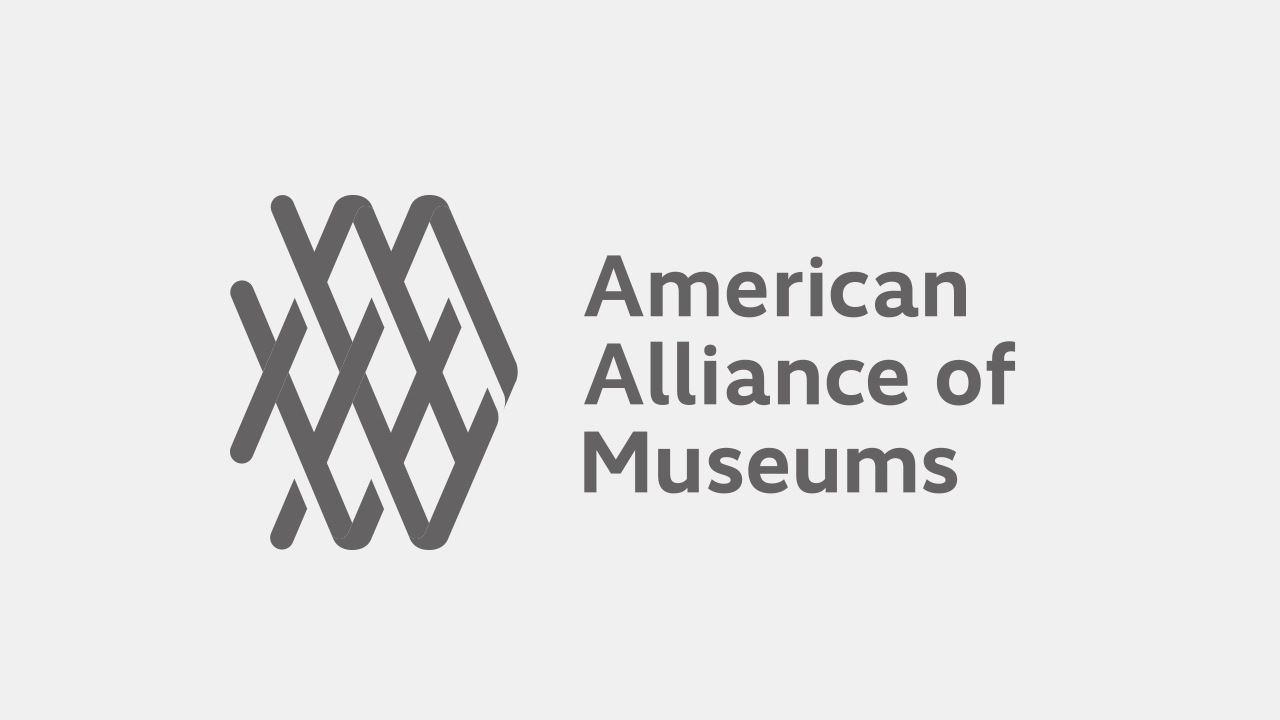
Thanks for your article, Rafaela! I am building a new staff training program, and this gave me so much to think about.